
There are many advantages of artificial turf over real grass when it comes to sports. It’s a durable, low-maintenance alternative that will look great and allow for extensive play for years down the road. New designs and improvements to the artificial turf of decades prior have made it even more intriguing to those in charge of maintenance at sporting facilities.
We’re going to take a deep dive into the reasons why artificial turf may be worth a look when it comes to sports fields and practice facilities, including a few things you should know about the surface itself.
Table of Contents
Artificial turf and artificial grass are often used interchangeably, but we’ll be talking about artificial turf to discuss materials used in sports.
Artificial grass is what many turf experts refer to when they’re talking about residential landscaping or synthetic grass in commercial spaces. It’s a surface that’s more like natural grass than artificial turf but won’t withstand as much heavy use as a sports turf made for running, jumping and intense play.
Artificial turf has grown in popularity in several different sports, but you’re most likely to see an artificial turf field in football, rugby, even Major League Baseball. Practice facilities for sports like lacrosse and soccer also like using artificial turf for the reasons we’ll get into below.
Some golf courses have also been switching to synthetic playing surfaces, particularly when it comes to their putting greens. Many of the reasons for an artificial turf putting green are consistent with those that apply to turf used across sporting facilities: it’s low-maintenance, durable, works for shock absorption, is budget-friendly, and looks good year after year.
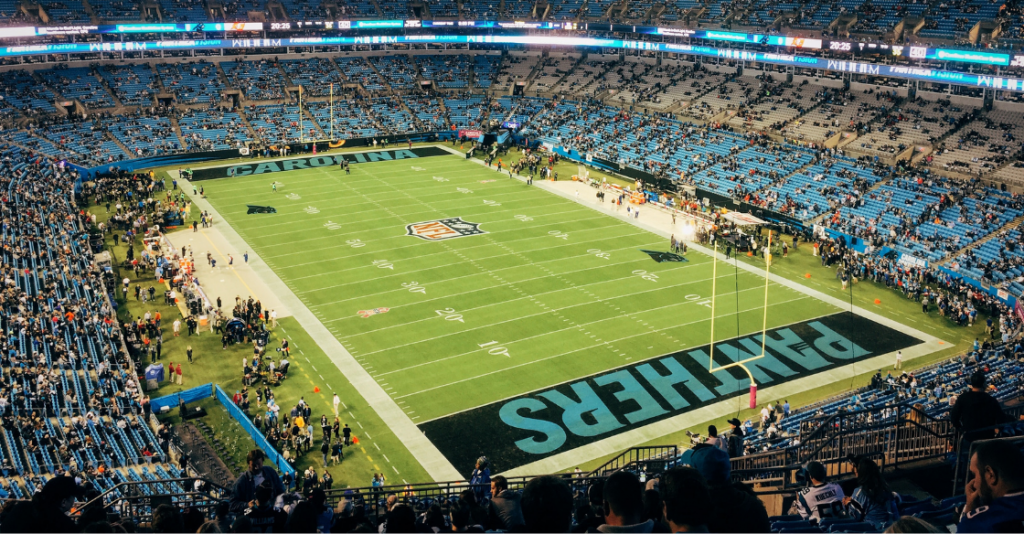
Turf doesn’t need regular downtime like natural grass after an afternoon of heavy use. It won’t thin out over time or after a dry season. It will look the same from day to day for years down the line, withstanding the kind of intense play and back-to-back event activity that’s normal with team sports. It’ll remain smooth, preventing unnecessary falls from divots or holes in natural grass.
Simply put, it’s a more consistent surface, a reason why it’s become so popular in not only sporting facilities but schools where heavy use is expected.
With a professional installation, you shouldn’t have to worry about rips and tears in your turf, either. That’s where experts come in. They’ll be able to help you choose the kind of turf you need for your project so that your project looks great for years to come.
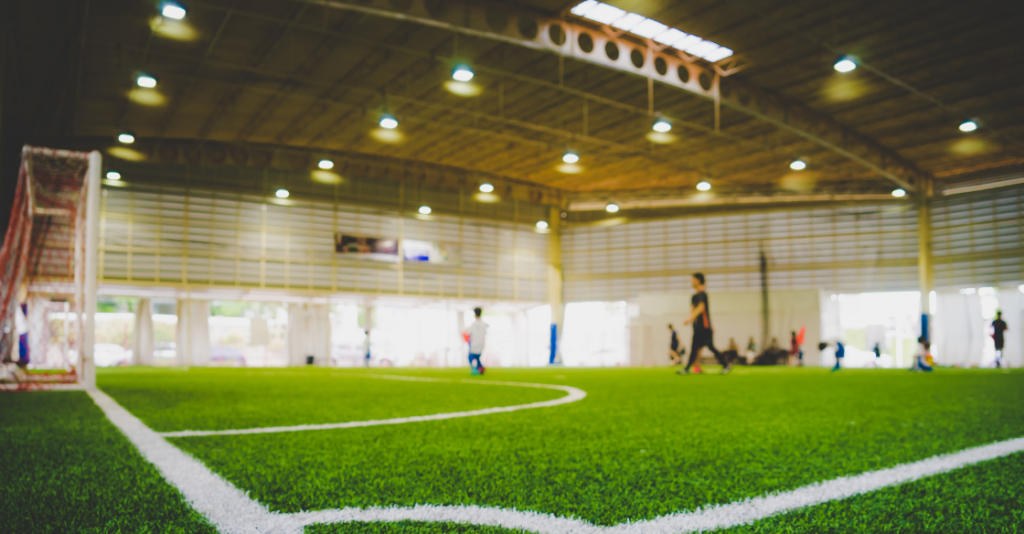
Outside of the installation costs as an initial investment in artificial turf for sports, it’s easy to manage a landscaping budget when you’re working with artificial turf. A proper, professional installation will ensure that you’re using the right infill, appropriate drainage and weed control as necessary.
Turf is especially desirable in drought-affected areas of the country like Southern California. You don’t need to spend budget on a costly watering program, saving not only money but your community’s resources with a drought-tolerant, environmentally-friendly option like artificial turf. You don’t need to spend money on fertilizer, either, as with natural grass that needs to be cut down and regrown, even sodded again, year after year.
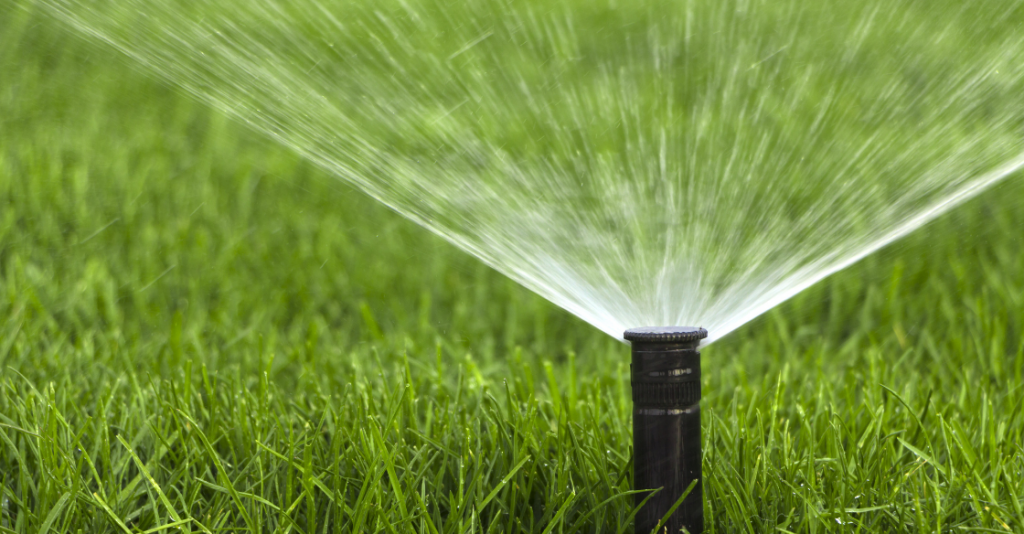
You don’t need anyone to mow artificial turf or water the field regularly to keep up its luster. Synthetic turf is a low-maintenance alternative to natural grass, saving you not only money on the upkeep but precious time.
The minor maintenance you’ll have to perform is easy to fit into a regular maintenance schedule when working with synthetic grasses. You’ll want to keep a turf field free of accumulating dirt and debris, rake the field from time to time and watch for any rips or tears in the artificial turf. Most turf experts will be able to make quick repairs to minor imperfections in your turf, with a professional install going a long way to preventing that from happening in the first place.
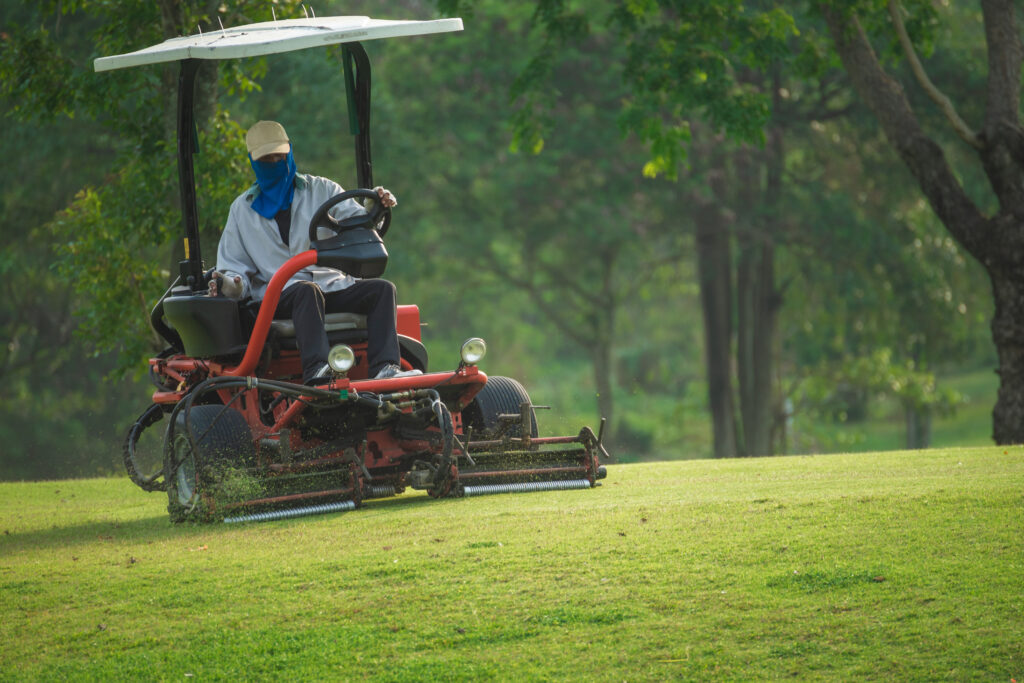
Artificial turf in a residential project can last up to 20 years. In heavy use sporting facilities, you should expect an artificial turf lifespan of about ten years. Making sure the turf is installed correctly and taking care of some regular light maintenance — that means keeping it clean of dirt and debris and keeping an eye on any necessary repairs — will add years to the lifespan of your turf project.
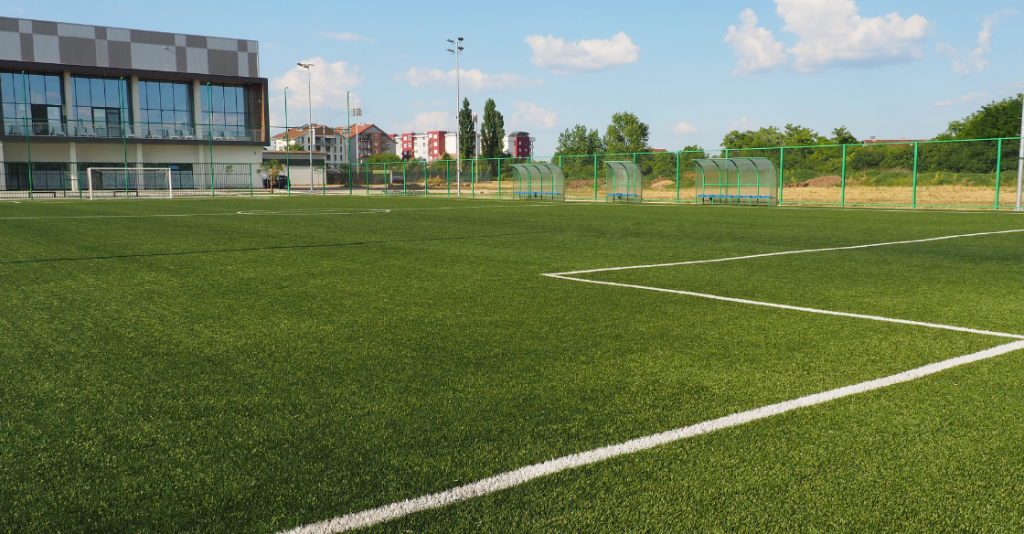
Artificial turf has come a long way, and the turf of today is much more like the real thing than ever before. It’s softer to the touch and offers more cushion for trips and falls than what you may imagine turf to be. Today’s artificial turf has improved traction and is less abrasive than before.
New infills can keep turf from getting too hot in the summer sun and prevent pooling water on rainy days. From artificial turf football field installation to a simple putting green in a residential backyard, artificial turf is here to stay.
Interested in seeing how artificial turf can work for your project? See our work at US Turf, San Diego’s artificial turf experts. Our award-winning turf professionals have worked with projects large and small and are ready to help work with your plan and your budget. Request a quote on your project today.

© 2021 US Turf San Diego | CL#1040012 | Privacy Policy